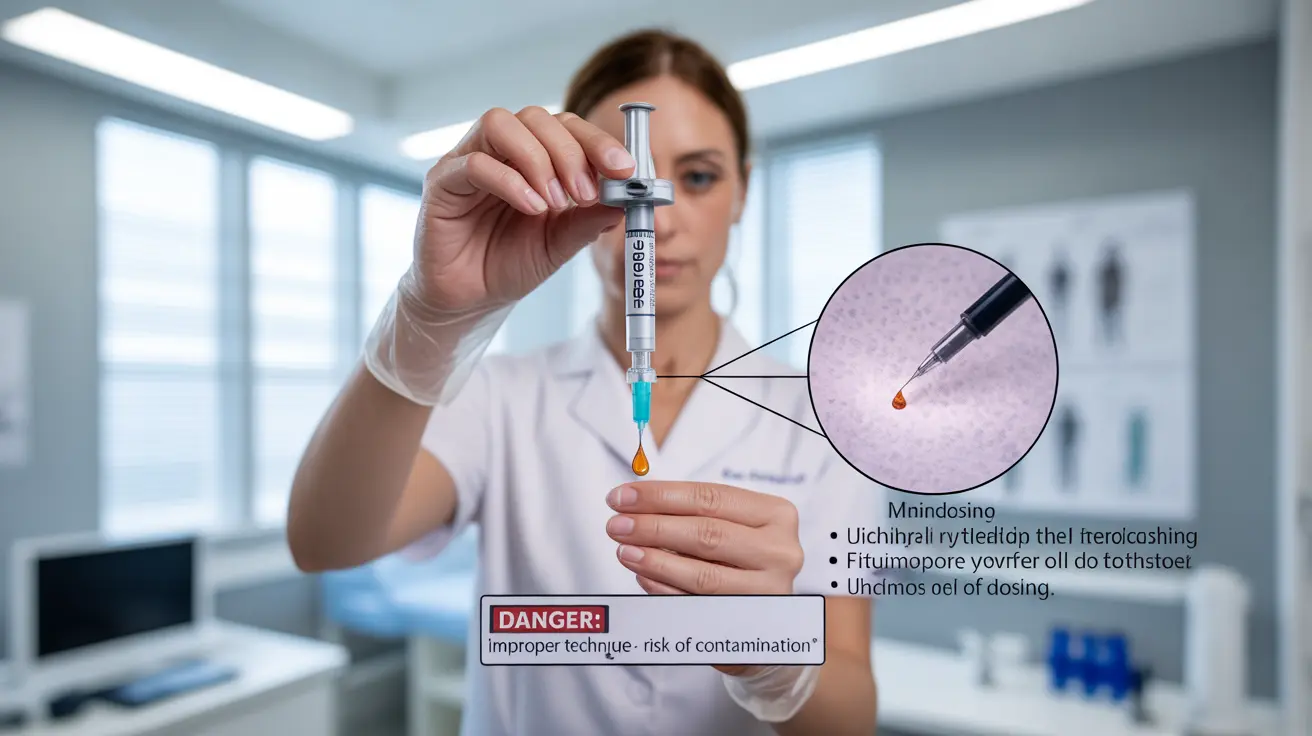The growing popularity of Ozempic for weight loss has led some individuals to experiment with "microdosing" - taking smaller amounts of the medication than prescribed. While this practice might seem appealing to those hoping to minimize side effects or stretch their medication supply, it carries significant risks and concerns that deserve careful examination.
Understanding the implications of microdosing Ozempic is crucial for patient safety and optimal treatment outcomes. This article explores why this trending practice has caught attention and why healthcare professionals strongly advise against it.
What is Microdosing Ozempic?
Microdosing Ozempic refers to the unauthorized practice of taking smaller doses of semaglutide (the active ingredient in Ozempic) than prescribed by healthcare providers. This might involve splitting doses, manipulating pre-filled pens, or using compounded versions of the medication. These approaches deviate significantly from FDA-approved dosing protocols and can compromise both safety and effectiveness.
The Standard Dosing Protocol vs. Microdosing
Ozempic's FDA-approved dosing schedule follows a careful titration process, starting with 0.25 mg once weekly for four weeks, then increasing to 0.5 mg weekly, with potential further increases based on individual response and medical supervision. This graduated approach helps minimize side effects while ensuring therapeutic effectiveness.
In contrast, microdosing often involves arbitrary dose reductions that lack scientific validation and medical oversight. This can lead to unpredictable results and potentially dangerous complications.
Medical Risks and Concerns
Compromised Effectiveness
Taking lower-than-prescribed doses of Ozempic may result in suboptimal blood sugar control for diabetes patients and reduced effectiveness for weight management. The medication's therapeutic benefits rely on maintaining specific blood levels that might not be achieved through microdosing.
Safety Issues
Manipulating pre-filled Ozempic pens or using compounded versions can introduce several risks:
- Contamination risk from improper handling
- Inaccurate dosing due to DIY measurements
- Potential degradation of the medication
- Increased risk of infection from multiple uses of single-use devices
Quality Control Concerns
When individuals obtain compounded versions of semaglutide or manipulate legitimate Ozempic preparations, they bypass important quality control measures. This can lead to inconsistent medication concentrations and potentially harmful impurities.
The Role of Professional Medical Supervision
Healthcare providers carefully monitor patients on Ozempic, adjusting doses based on individual response, side effects, and overall health status. This monitoring is crucial for:
- Ensuring proper blood sugar control
- Managing potential side effects
- Identifying any adverse reactions
- Making necessary dose adjustments
- Monitoring for complications
Frequently Asked Questions
What is microdosing Ozempic and how does it differ from the standard dosing schedule?
Microdosing Ozempic involves taking smaller amounts than prescribed, often through self-administered dose splitting or using compounded versions. This differs from the standard schedule, which follows a carefully planned titration process starting at 0.25 mg weekly and gradually increasing under medical supervision.
Are there proven benefits or risks associated with microdosing Ozempic for weight loss or diabetes?
There are no proven benefits to microdosing Ozempic, and the practice carries significant risks. These include reduced effectiveness, potential contamination, incorrect dosing, and compromised blood sugar control. The medication's benefits are only proven at FDA-approved dosing levels.
Why do doctors caution against using microdosed or compounded versions of Ozempic?
Doctors warn against these practices because they can compromise safety, effectiveness, and quality control. Manipulation of pre-filled pens or use of compounded versions can lead to contamination, incorrect dosing, and potentially dangerous complications.
What side effects can occur with Ozempic, and do lower doses reduce these side effects?
Common Ozempic side effects include nausea, vomiting, and gastrointestinal issues. While lower doses might seem like a way to reduce side effects, unauthorized microdosing can lead to unpredictable reactions and compromise the medication's therapeutic benefits.
Is it safe and effective to try microdosing Ozempic without medical supervision?
No, it is not safe to attempt microdosing Ozempic without medical supervision. This practice can be dangerous and potentially illegal. Any use of Ozempic should be under the direct guidance of a healthcare provider following approved dosing protocols.
The bottom line is clear: microdosing Ozempic is a risky practice that should be avoided. If you're concerned about medication costs or side effects, work with your healthcare provider to develop a safe and effective treatment plan that meets your individual needs.




